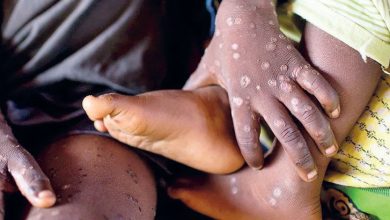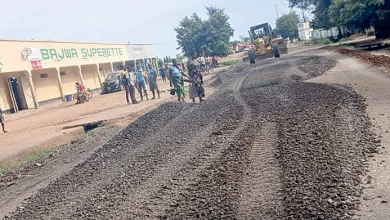Maize has failed us—minister
Minister of Agriculture Sam Kawale says the government is moving to shift its attention to crop diversification after realising that the country will never achieve food security with continued dependence on maize.
In an interview in Lilongwe yesterday after opening a three-day government and World Bank-organised summit on food systems, the minister said overdependence on maize, the country’s staple grain, has left Malawi perpetually hungry; hence, the need to refocus attention.

Said Kawale: “We will never end hunger in this country if we continue to rely on maize. Let that sink. Malawi will never be food secure if we rely on maize. We have tried this in the last decades and even if we try in the next 15 or 20 years we will never achieve that.
“What we need to do is to diversify production. Let us move away from maize to other equally important nutritious high value crops.”
The minister’s statement represents a major paradigm shift in the government focus from maize as the main food crop to other crops through the resource-demanding Affordable Inputs Programme (AIP).
Maize is also generally a politically-sensitive crop which politicians have used to lure voters. Thus, any shift in attention will have to navigate these social political sensitivities.
Kawale said he was aware of the politics surrounding maize, but political expediency should not be at the expense of livelihoods and national development.
“We have good evidence where developed countries never rely on one value chain for consumption and production, but they diversify. That is the direction we are supposed to take as a country,” he said.
In a separate interview, Mwapata Institute executive director William Chadza commended government for the bold step to openly admit that overdependence on maize is problematic.
He said there is strong evidence that maize productivity is on the decline despite the heavy investment in nitrogen fertiliser.
Chadza said he is not surprised with the minister’s statement as the reality on the ground calls for government to change its approach to agriculture.
He said: “Over the years we have seen a lot of emphasis on maize both from a political, policy and even resource allocation angle. I think that has constrained diversification.
“The shift in statements could be a result of political and economic calculations and considerations. For example, think of the cost of inorganic fertiliser, which the maize commodity requires. The climatic condition isn’t just conducive for maize. So, naturally the situation on the ground pushes for change.”
Mwapata Institute has also been advocating for redesigning of AIP to ensure value for money.
In 2023, Malawi received $265 million (about K463 billion) from the World Bank to promote resilience of the country’s food systems and protect the economy from external shocks.
The bank has also made available a $20 million (roughly K35 billion) grant to support Malawi improve its food systems’ policy framework
Speaking during the opening of the summit yesterday, World Bank country manager Firas Raad confirmed that since 2023 the bank has committed resources to support Malawi to redesign the AIP.
“Under this programme, the country is piloting a new e-voucher system underpinned by a new digital farmer registry, carrying out soil testing to shift fertiliser use recommendations, and incentivizing sustainable practices,” he said.
Raad hailed the summit in Lilongwe as a valuable opportunity to share some best practices from the region and learn from each other.
Being held under the theme ‘Making food systems transformation a reality on the ground in Eastern and Southern Africa’, the summit has brought together delegates from at least 10 countries seeking to address critical challenges and opportunities in the region.





